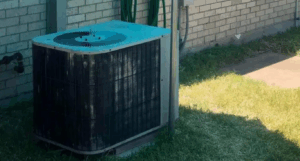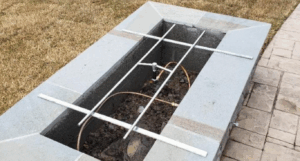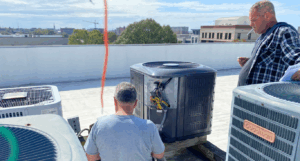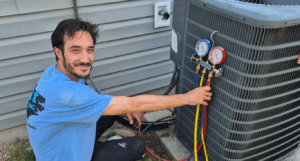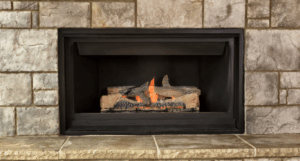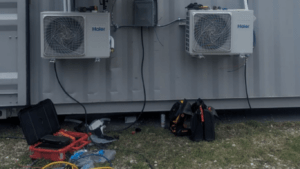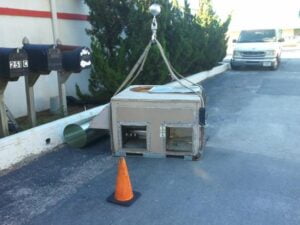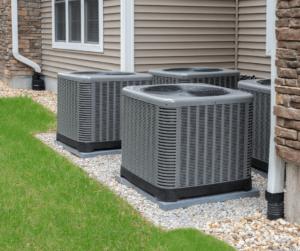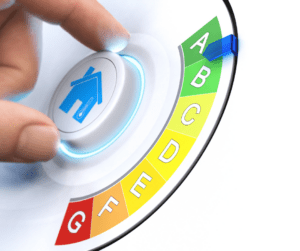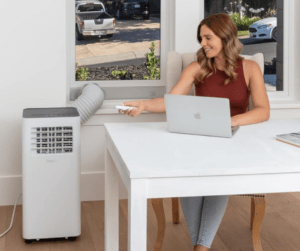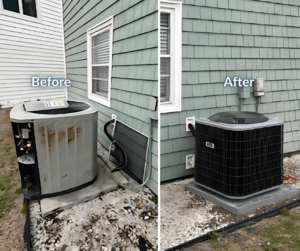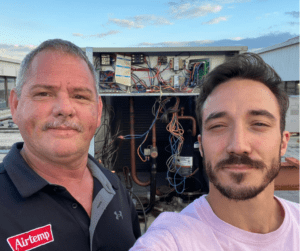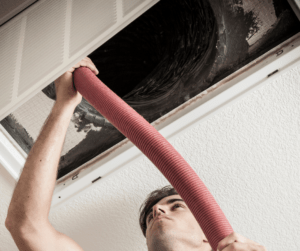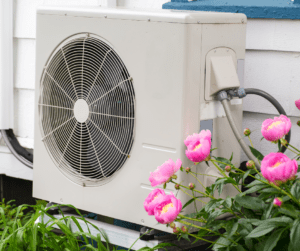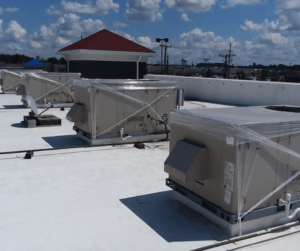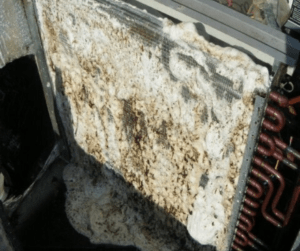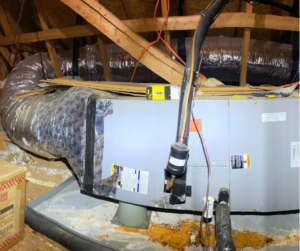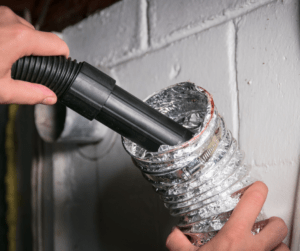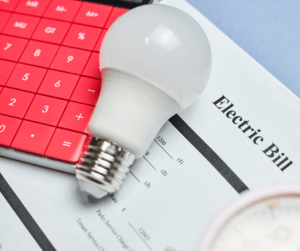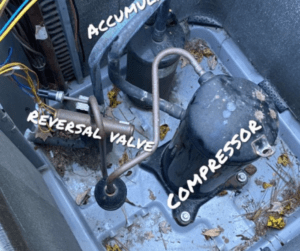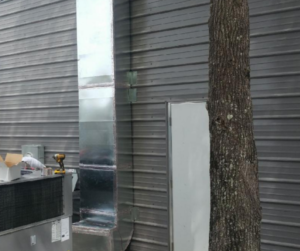How Forced Air Heating Keeps Your Home Cozy
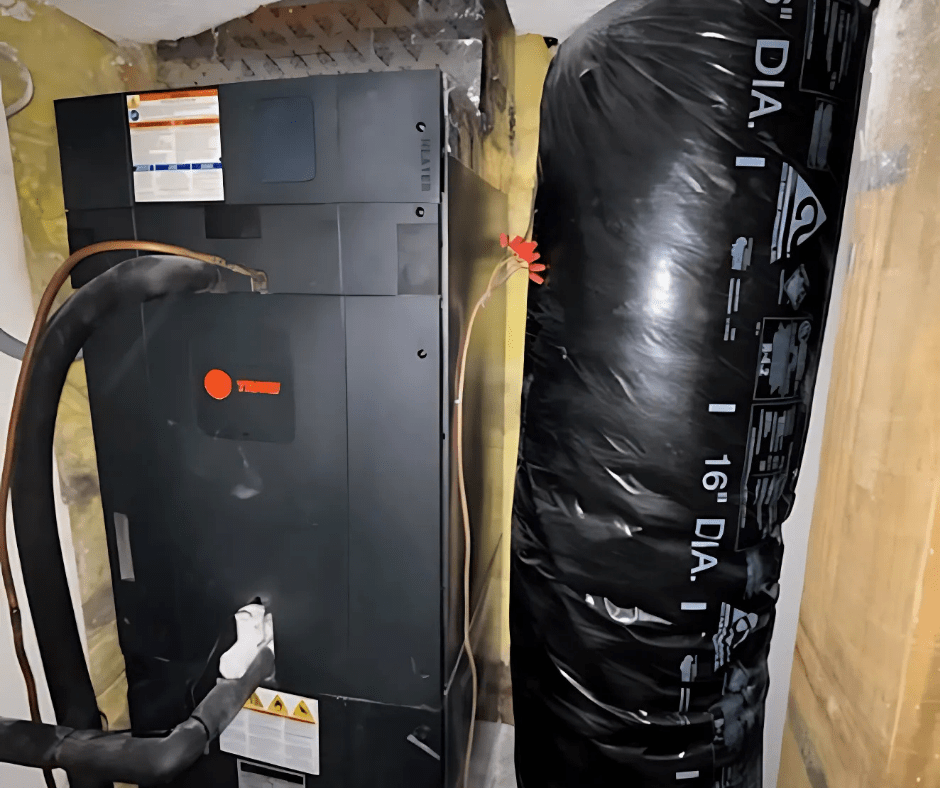
When the chill of winter sets in, finding a reliable and efficient way to keep your home warm is a top priority. One popular choice among homeowners is forced air heating. This system not only offers effective temperature control but also contributes to a comfortable and cozy living environment. Let’s explore how forced air heating can enhance your home’s warmth while ensuring a positive and accessible learning experience about this heating method.
What Is Forced Air Heating?
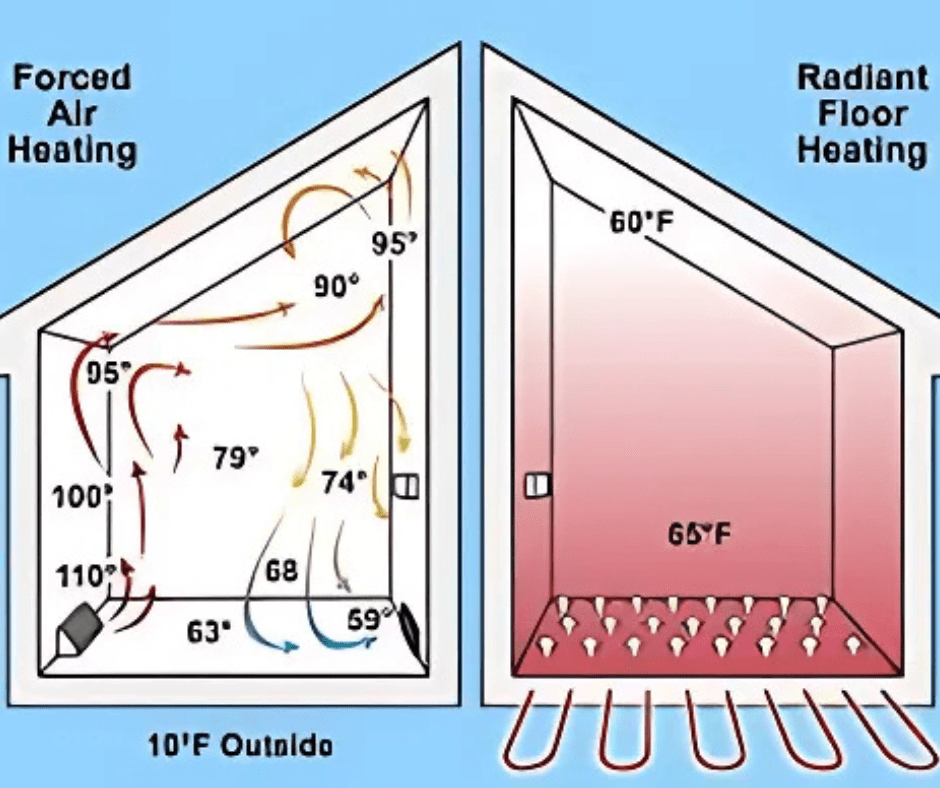
Forced air heating is a widely-used system in many American homes, designed to efficiently heat spaces by distributing warm air. The process begins with a furnace that heats the air, which is then pushed through a network of ducts and vents by a blower fan. This method ensures that warm air reaches every room quickly and evenly, maintaining a consistent temperature throughout your home.
Forced air heating can utilize various energy sources such as natural gas, electricity, propane, or oil, making it a flexible option for different household needs. The versatility of this system allows it to be easily combined with air conditioning units, providing a comprehensive climate control solution.
Additionally, forced air heating systems often include air filtration and humidity control features, contributing to improved indoor air quality and overall comfort. Understanding the mechanics of forced air heating helps you appreciate its role in keeping your home cozy and warm during the colder months.
Benefits of Forced Air Heating Systems
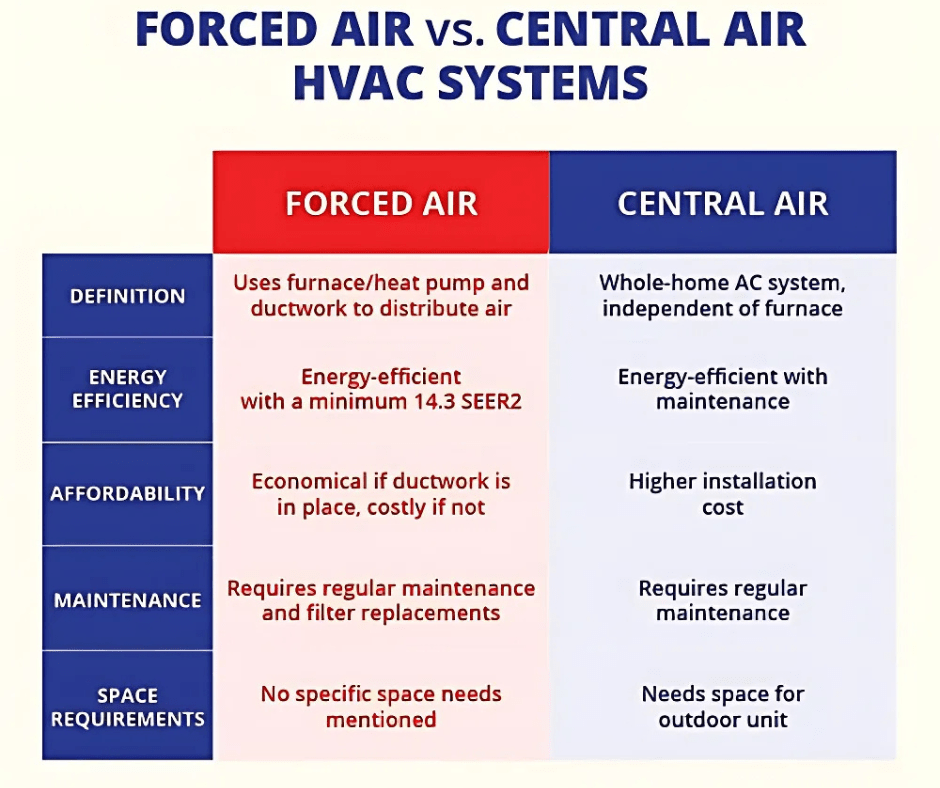
Forced air heating systems offer several compelling benefits that make them a top choice for homeowners. One standout advantage is their ability to quickly and efficiently warm up your home. As soon as the furnace activates, warm air is rapidly circulated, creating a cozy environment in no time. This immediacy in heating is especially beneficial during those frigid winter mornings.
Another significant benefit is the system’s adaptability. Forced air heating can easily integrate with air conditioning units, providing seamless year-round climate control. This means you won’t need separate systems for heating and cooling, simplifying maintenance and potentially lowering overall costs.
Additionally, forced air systems often come with air filtration and humidity control features. These enhancements not only improve indoor air quality but also contribute to overall comfort by maintaining optimal humidity levels. This is particularly beneficial for individuals with allergies or respiratory issues, as cleaner air can alleviate symptoms.
The flexibility in fuel sources, from natural gas to electricity, also adds to the appeal of forced air heating systems. This adaptability ensures that homeowners can choose the most suitable and cost-effective heating and air option for their specific needs, making it a versatile solution for various living situations.
How Forced Air Heating Works

At the heart of a forced air heating system is the thermostat, which monitors the room’s temperature. When it detects that the space has dropped below the desired level, it sends a signal to the furnace to start heating. The furnace heats the air, which is then propelled by a blower fan through a network of ducts and vents.
This process ensures that warm air is evenly distributed throughout the home. As the warm air circulates, the thermostat continues to monitor the temperature. Once the home reaches the set temperature, the thermostat tells the furnace to stop, helping to maintain a consistent and comfortable environment. This continuous cycle of monitoring and adjusting is what makes forced air heating so effective at keeping your home cozy.
Different Types of Forced Air Furnaces
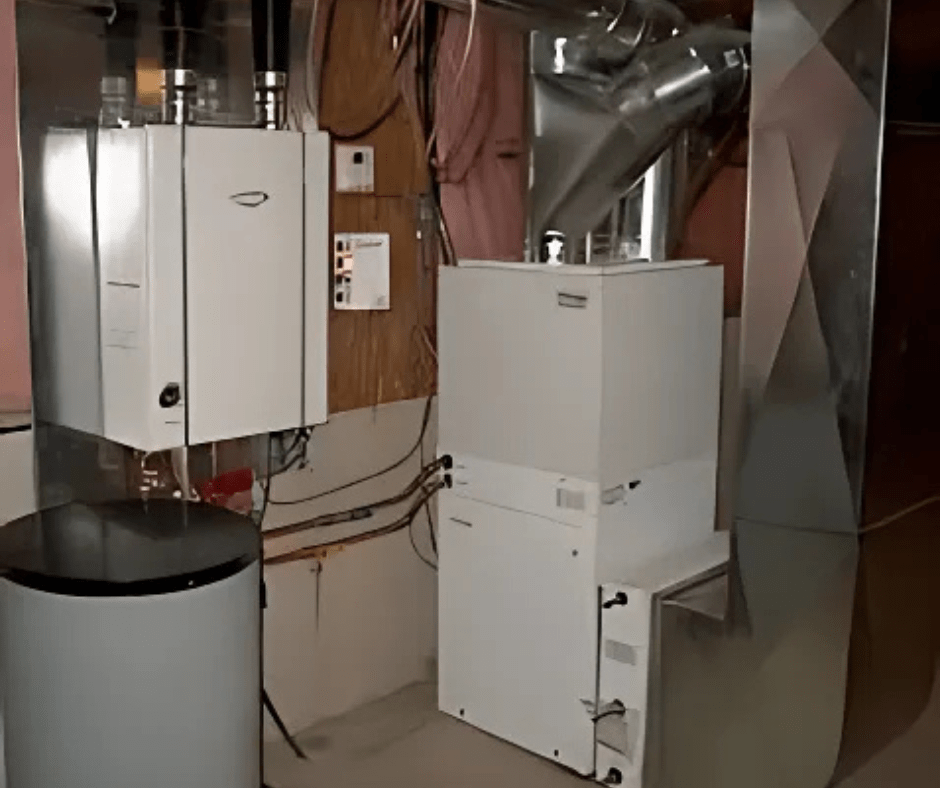
Forced air systems feature a variety of furnace types, each catering to specific needs. Natural gas furnaces are a popular choice due to their efficiency and cost-effectiveness in regions with gas access. They provide reliable warmth and are often less expensive to operate. Electric furnaces, on the other hand, are a good option for homes without natural gas connections. They are simple to install and maintain, though they might come with higher electricity costs.
Oil furnaces are less common but useful in areas where oil is more readily available. They offer robust heating performance, making them a viable option for some households. Propane furnaces serve well in rural locations without natural gas lines. They are flexible and efficient, providing a solid alternative for off-grid homes. Each type of furnace has its own set of advantages, allowing you to choose the best fit for your heating needs based on fuel availability and personal preferences.
Installation and Maintenance Tips
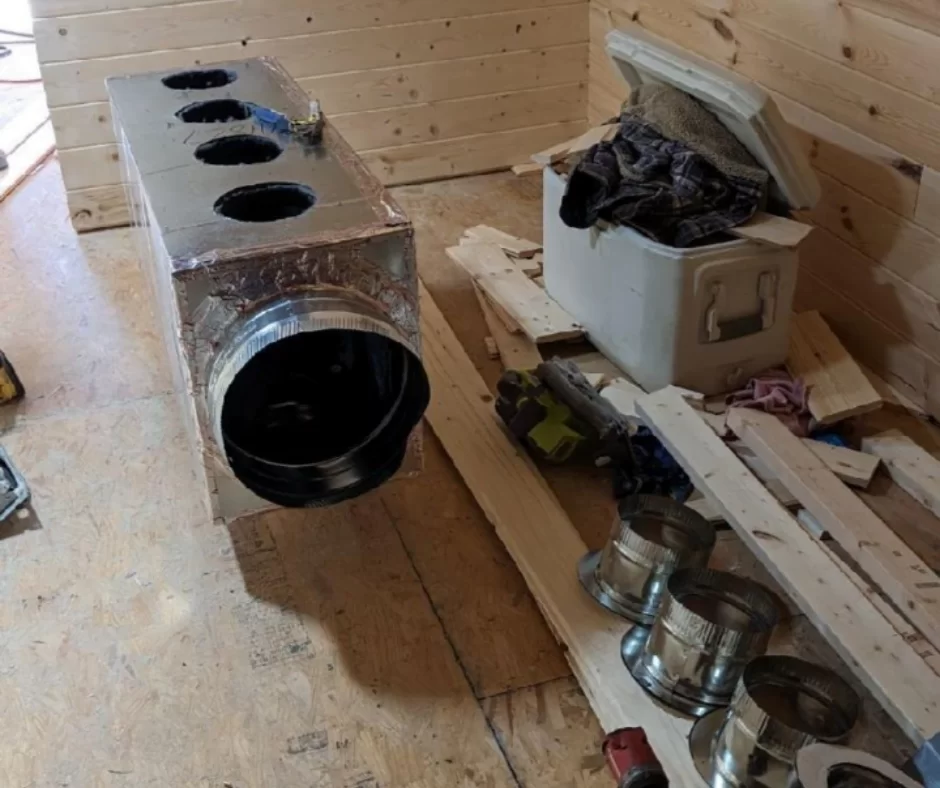
Proper installation of your forced air system is crucial for its performance and longevity. It’s always best to hire a qualified HVAC professional to handle the setup, ensuring that every component is correctly installed and calibrated. During installation, the technician will verify that the ductwork is appropriately sized and sealed, which is essential for efficient airflow and energy savings.
Once installed, maintaining your forced air system is equally important. Regularly changing the air filters is a simple yet vital task. Clean filters allow for better airflow, improving efficiency and air quality. Depending on usage and filter type, this should be done every 1-3 months.
Cleaning your ducts periodically helps prevent dust and debris buildup, which can obstruct airflow and reduce efficiency. It’s also a good idea to check and clean the blower fan annually, as dust can accumulate there too.
Scheduling annual furnace inspections with an HVAC professional ensures that all system components are working properly. These inspections can identify and address potential issues before they become major problems, saving you from costly HVAC repairs and ensuring uninterrupted comfort.
Lastly, keep an eye on your thermostat settings. Programmable thermostats can optimize your system’s operation, saving energy and costs while maintaining a cozy home environment.
Energy Efficiency and Cost Considerations
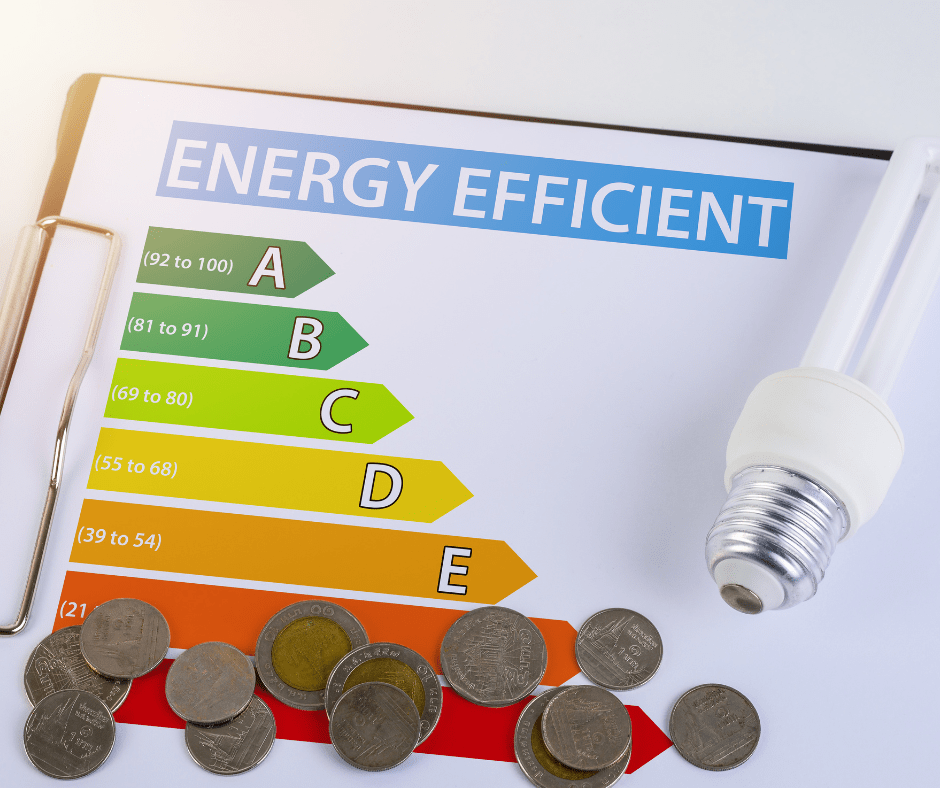
When evaluating forced air systems, energy efficiency is a crucial factor. Modern systems often come with energy-saving features like programmable thermostats and variable speed blowers, which optimize operation to minimize energy consumption. These advancements not only help lower your utility bills but also contribute to a more sustainable home.
Additionally, choosing the right fuel type plays a significant role in overall cost. For example, natural gas is typically more cost-effective in areas where it’s readily available, while electric furnaces might be more practical for homes without gas lines. The initial investment might be higher for more efficient systems, but the long-term savings on energy bills can make it a worthwhile expenditure. It’s also beneficial to consider the system’s Seasonal Energy Efficiency Ratio (SEER) and Annual Fuel Utilization Efficiency (AFUE) ratings.
Higher ratings indicate better efficiency and greater energy savings. Regular maintenance, like changing air filters and scheduling annual inspections, can further enhance your system’s efficiency, ensuring you get the most out of your heating investment. By carefully considering these factors, you can select a forced air heating system that meets your needs and fits within your budget, all while maintaining a cozy and comfortable home environment.
Troubleshooting Common Issues
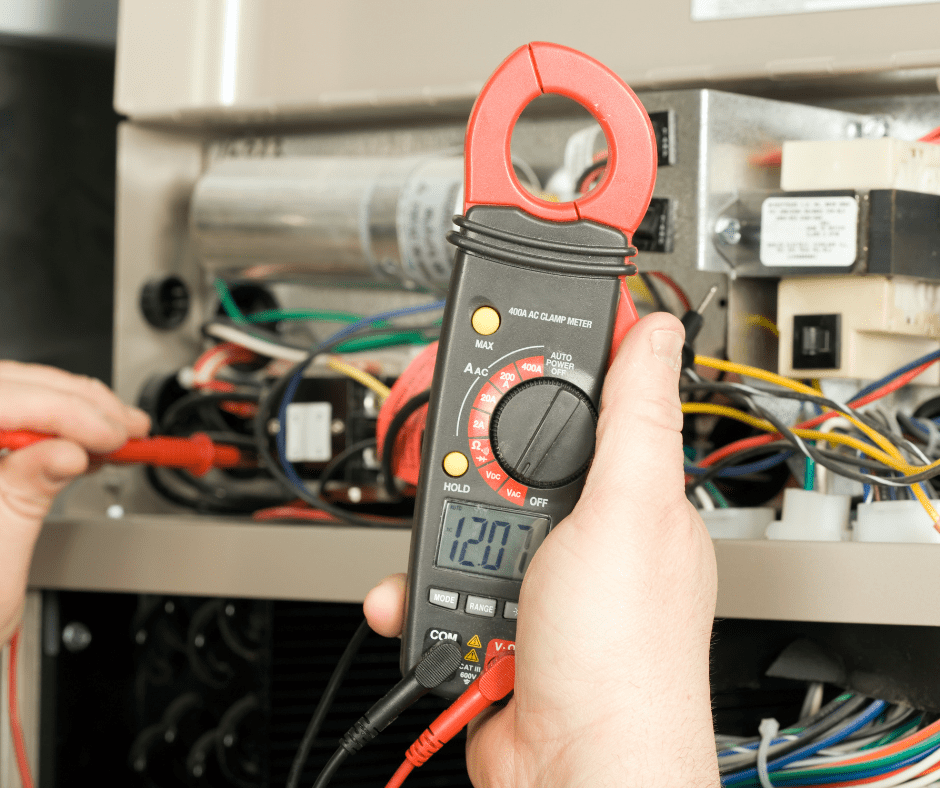
Even the most reliable forced air heating systems can experience issues. One common problem is uneven heating across different rooms. Start by checking if your vents are fully open and unobstructed. Blocked vents can restrict airflow and cause temperature imbalances. Another issue might be unusual noises coming from the furnace or ducts. These sounds could indicate loose components, a dirty blower fan, or debris in the ductwork.
Regular HVAC maintenance, such as cleaning and tightening parts, can often resolve these noises. If your system isn’t blowing warm air, ensure that your thermostat is set to the correct mode and temperature. Additionally, examine your air filters; clogged filters can hinder airflow and reduce heating efficiency. If you’ve checked these areas and the problem persists, it might be time to call an HVAC professional. They can perform a thorough inspection and address any underlying issues, ensuring your HVAC system operates smoothly and keeps your home cozy.
Making the Right Choice for Your Home
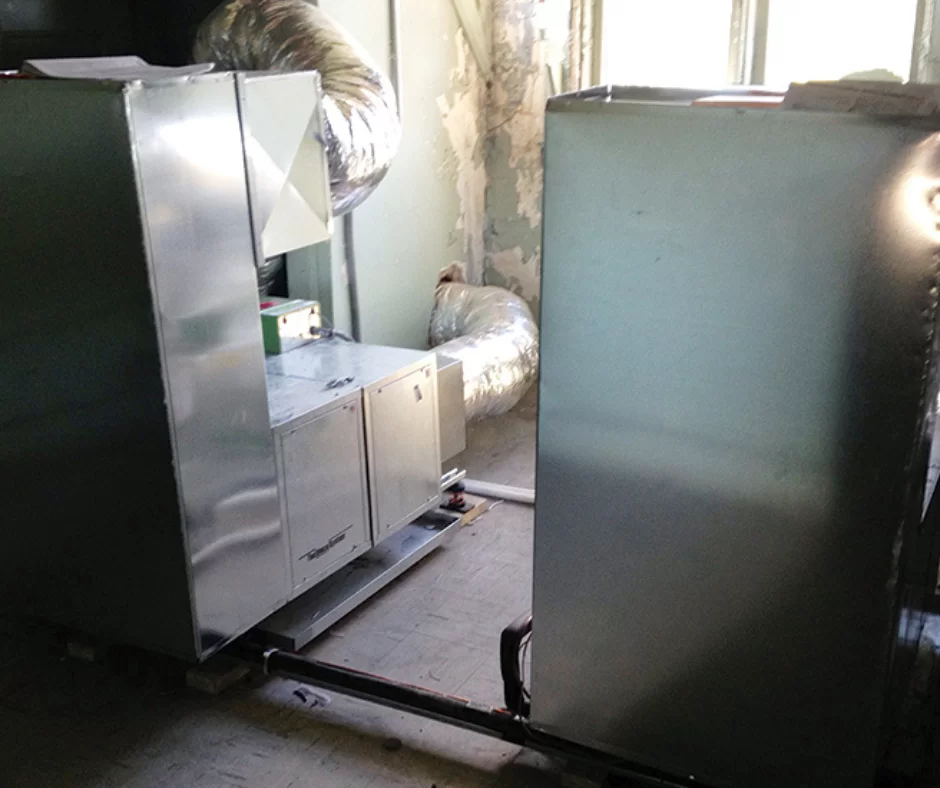
Selecting the ideal forced air heating system for your home involves a few important considerations to ensure you get the best performance and value. Start by evaluating your local climate and how it affects your heating needs. In colder regions, a more powerful and efficient furnace might be necessary to maintain a cozy environment throughout the winter.
Next, assess your budget for both the initial investment and ongoing operational costs. While some systems might have a higher upfront price, their energy efficiency can lead to significant savings over time. It’s also essential to think about the availability and cost of different fuel types in your area, whether it’s natural gas, electricity, propane, or oil.
The size and layout of your home play a crucial role as well. A system that is too small will struggle to keep your home warm, while an oversized system may cycle on and off too frequently, leading to inefficient operation and higher energy bills. HVAC professionals can perform a load calculation to determine the right size for your system.
Don’t forget to consider additional features like air filtration and humidity control, which can enhance your overall comfort and indoor air quality. A programmable thermostat can also be a great addition to help manage your heating system more efficiently.
Consulting with HVAC professionals ensures that you get expert advice tailored to your specific needs, helping you make a well-informed choice for a cozy and comfortable home.
Conclusion
There you have it, you now have a complete layout of how your forced air heating system works and the benefits. For more HVAC knowledge and tips be sure to read the following related articles.



